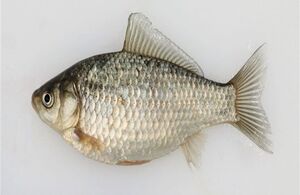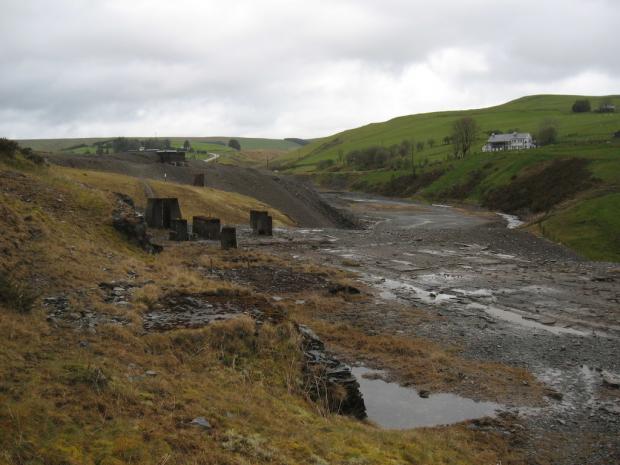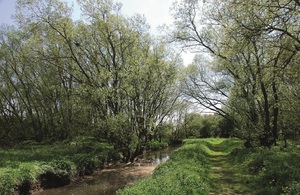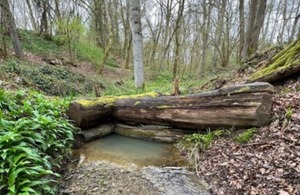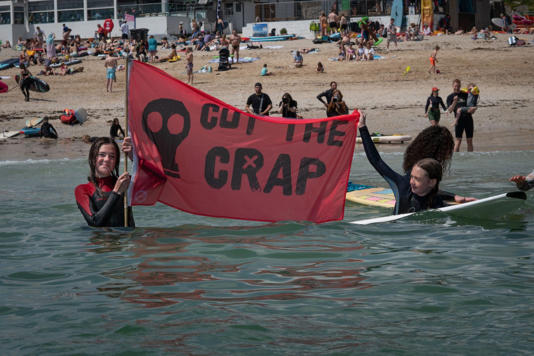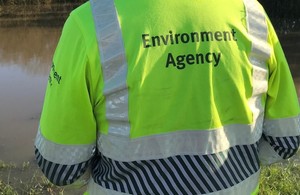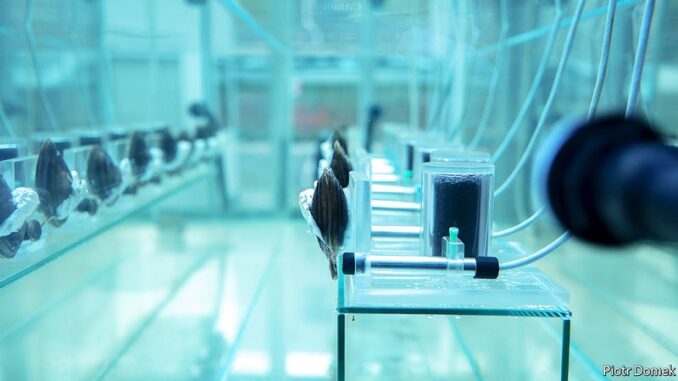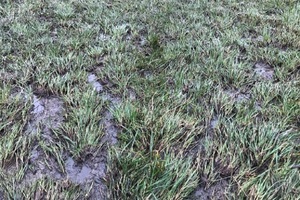Environment Agency’s National Fisheries Laboratory carries out crucial work to curb threats from Prussian carp in UK waters
As part of Invasive Species week, the Environment Agency has today warned of the threat posed by Prussian carp and other non-native species as it urges anglers and the wider public to report suspected sightings to its National Fisheries Laboratory for investigation.
Over 2,000 non-native plants and animals have been introduced into the UK from all over the world. Most are harmless, but almost 15% become invasive, non-native species which spread and have a harmful impact on the environment. This includes fish that can: predate upon native fish and other wildlife; compete with them for food; change our aquatic ecosystems, and carry novel parasites and diseases.
The Environment Agency’s expert team at the National Fisheries Laboratory continues to lead the way on the identification of non-native species and are international leaders in the development of tools and techniques to contain, control and eradicate those that are high risk.
This includes work on Prussian carp – a species native to Asia, central and Eastern Europe that has recently been detected in UK waters. Once introduced, Prussian carp can rapidly expand their population size, leading to negative impacts on native species and ecosystems. They can out compete native fish species for food and habitat, and also interbreed with other species, which threatens our own populations.
The EA’s Fisheries Laboratory is investigating all suspected cases in the UK and, as part of a national containment programme, fish movement controls have been placed on all waters with confirmed Prussian carp. Work is also underway to establish how they have entered the UK and assess their distribution across England.
The latest investigations from the EA’s specialist Fisheries Laboratory team has also detected for the first time ever two additional, similar-looking non-native fish species known commonly as ‘ginbuna’ and ‘nigorobuna’.
Also known as silver crucian carp, ‘ginbuna’ are native to Asia but have been recorded in Europe and North America; whereas ‘nigorobuna’ are native to Japan. Impacts resulting from introductions of ginbuna and nigorobuna are unclear but given their similarity to Prussian carp, the EA believes they are likely to carry similar environmental risks and are working at pace to understand these.
Dr Graeme Storey, Environment Agency Fisheries Manager said:
Our National Fisheries Laboratory is a vital asset that carries out incredibly important work to improve our understanding of the distribution and management of potentially harmful invasive, non-native species. But it’s crucial that anglers and members of the public report suspected sightings so we can investigate.
Funded directly by rod licence income, our work helps to protect the wider environment, restore river health, and generally make angling a more enjoyable experience for all.
Dr Gareth D Davies, Technical Specialist at the Environment Agency’s National Fisheries Laboratory said:
The Environment Agency is remaining vigilant and our lab is working hard to ensure robust detection and mitigation measures are in place to determine the risk posed by Prussian carp, ginbuna or nigorobuna to our native stocks and the wider environment.
We encourage fishery owners, managers and anglers to report any suspected cases of Prussian Carp, ginbuna, nigorobuna and other non-native species to us as soon as possible.
This allows us to respond promptly to reports, limiting the harm to native fish species and helping our specialists research invasive species to prevent further spread.
All suspected cases should be reported to the Environment Agency at non-natives@environment-agency.gov.uk or to the 24 hour incident hotline on 0800 80 70 60.
It is illegal to import any of these fish into the UK due to the risk they pose to native fish populations and fisheries. These species have been introduced to many countries, either intentionally or inadvertently, due to their similarities with crucians, brown goldfish and carp hybrids which makes identifying them extremely difficult.
How to recognise a Prussian carp and related species:
Prussian carp, ginbuna and nigorobuna look very similar to brown goldfish and some carp hybrids. However, a number of features can be used to raise suspicion of these fish for a more detailed examination:
Prussian carp, ginbuna and nigorobuna are all deep-bodied, usually no more than 35 cm in length with relatively large scales.
They are often silvery in colour, but larger specimens can darken to a golden brown.
They lack barbules, which distinguishes them from carp (Cyprinus carpio). The image below highlights some of the features that can be used to help distinguish Prussian carp from other similar fish.
Further information about Prussian carp, ginbuna and nigorobuna can be found at (Gibel-Carp-Hightlight_Final_13_05_22.pdf (anglingtrust.net)
(Prussian_Ginbuna_Nigrobuna_Hightlight_Final_March_23.pdf (anglingtrust.net)
Source: Environment Agency 18th May 2023

